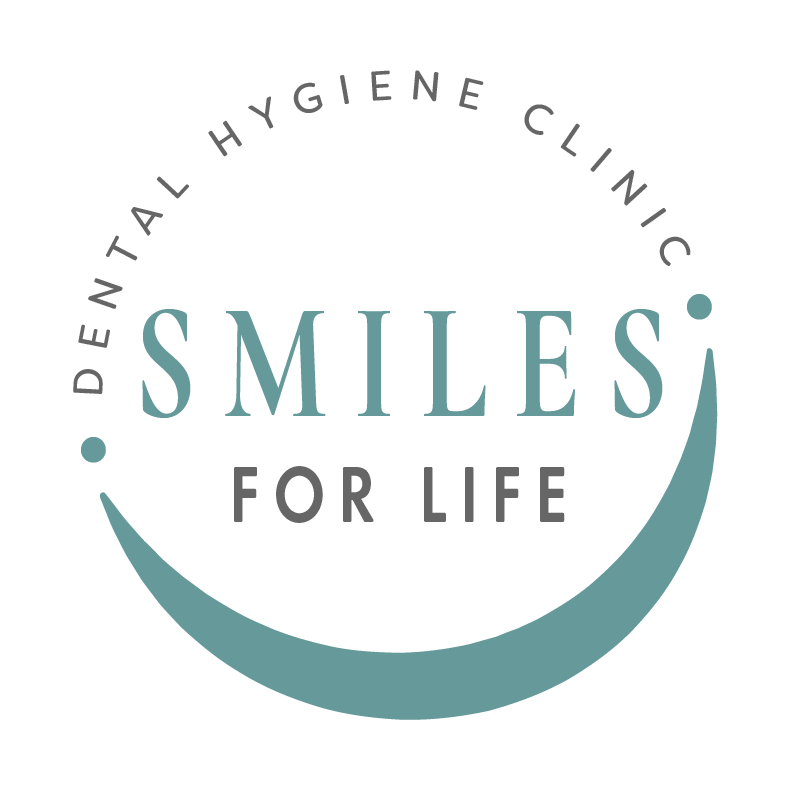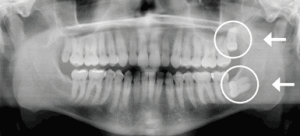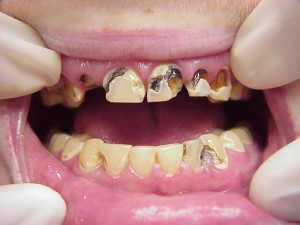Words to the Wise
https://smilesforlifedhc.ca/wp-content/themes/osmosis/images/empty/thumbnail.jpg 150 150 SmilesForLife SmilesForLife https://secure.gravatar.com/avatar/0f778c775a5d164c37e1065950a83d2e?s=96&d=mm&r=gWisdom teeth, also known as Third Molars, are the last or most posterior teeth in the dental arch.
Not everyone has wisdom teeth. Many people have wisdom teeth but can’t see them because they are impacted in the bone, under the gum tissue. An x-ray is the only way to determine if you have wisdom teeth when they aren’t visible in the mouth.
To Extract or Not to Extract! That is the Question!
Once your dentist has taken a panorex x-ray, it will be decided if these troublesome teeth should stay or go. Pain, decay, swollen gum flaps (from partially erupted teeth), and periodontal disease are just a few factors when treating wisdom teeth. Concern for the second molars (the molars right ahead of the wisdom tooth) is also a factor.
If your teeth erupt in a good position and you are able to brush and floss properly waaaay back there, then extractions are not usually recommended.
When there isn’t enough room for a wisdom tooth to erupt, sometimes the gum tissue will swell, have a bad taste/smell and there may be pus coming from the area. It will be painful to chew and bite also. This is called pericorontitis and is the reason most people have to have an emergency extraction. This nasty infection can also cause swelling of the cheek and create pressure that radiates to the ear causing severe earaches.
Man! The Dentist had his Knee on my Chest to get that Sucker Out!!!
We’ve all heard the horror stories about difficult extractions, particularly with wisdom teeth. Does it have to be such a nightmare? In most cases, wisdom teeth can be extracted with only freezing without any discomfort. With so many options out there now, even difficult extractions can be, well, not so bad. From nitrous oxide to conscious sedation, dentistry has come a long way in helping patients get through unpleasant procedures.
When conscious sedation is recommended (usually for the more difficult cases), it is considered minor dental surgery. Tissue and bone around the wisdom tooth are removed to make the tooth easy to remove from the socket. Stitches or sutures are usually needed to close the site (protect it from getting food caught in there) and promote healing. Not so bad, right?!
Time off Work!! At Least There’s That!!
After an extraction like this, it’s advised to take it easy. You may experience swelling, pain and tenderness. Chewing food will be a little difficult so softer foods are best.
The no-no’s are:
- No Smoking
- No Sipping with a Straw
- No Swishing and Spitting
- No Booze
Smoking is probably the biggest no-no since it interferes with the healing process and boosts the chance of infection and pain. The goal here is to allow the blood clot to stay put and let healing begin. Everything on the no-no list disrupts the blood clot and increases the chances of developing dry socket.
Dry Socket….Quoted as Being Worse than Child Birth!
This occurs when the blood clot becomes dislodged and the bone underneath is exposed. It will usually develop 2-5 days after the extraction if it’s going to happen. You’ll have an awful taste and smell in your mouth accompanied by the worst throbbing constant pain EVER!!! I don’t think I need to tell you to contact your dentist IMMEDIATELY to have this treated!
Healing and Putting it all Behind You!
Any minor bleeding from an extraction should stop after 24 hours. Once the freezing is gone, some jaw stiffness and difficulty opening is common. Tylenol and an ice pack work wonders!
The gums will be completely healed in about 3-4 weeks.
Most people have all their wisdom teeth removed at the same time. I mean, who would want to go through this 4 times!!







